Do you want to contribute by writing guest posts on this blog?
Please contact us and send us a resume of previous articles that you have written.
The Complete Nyingma Tradition: From Sutra to Tantra to 10


In the realm of Tibetan Buddhism, the Nyingma tradition has stood the test of time. It encompasses a profound and diverse array of teachings, practices, and rituals. From its origins in India to its flourishing in Tibet, the Nyingma tradition has remained steadfast in preserving and transmitting the Buddha's teachings.
Origins of the Nyingma Tradition
The Nyingma tradition traces its roots back to the 8th-century Indian master, Padmasambhava, also known as Guru Rinpoche. Padmasambhava is credited with introducing Vajrayana Buddhism, or the "diamond vehicle," to Tibet. His arrival in Tibet marked a turning point in the country's spiritual landscape.
Padmasambhava's teachings laid the foundation for what would later become the Nyingma tradition. He synthesized ancient Buddhist wisdom with indigenous Tibetan practices, merging them into a cohesive and unique system. The Nyingma tradition became known for its inclusive approach and its incorporation of diverse spiritual traditions, making it a truly comprehensive path to enlightenment.
4.3 out of 5
| Language | : | English |
| File size | : | 3205 KB |
| Text-to-Speech | : | Enabled |
| Screen Reader | : | Supported |
| Enhanced typesetting | : | Enabled |
| Word Wise | : | Enabled |
| Print length | : | 941 pages |
The Three Yanas: Sutra, Tantra, and Dzogchen
The Nyingma tradition, like other schools of Tibetan Buddhism, follows the framework of the Three Yanas or vehicles. These vehicles represent different stages of spiritual practice leading to liberation.
Sutra Yana: The Foundational Teachings
The Sutra Yana is the first vehicle in the Nyingma tradition. It encompasses the foundational teachings of Buddhism, emphasizing moral conduct, meditation, and wisdom. The Sutra path provides a strong basis for spiritual development and prepares practitioners for the subtler practices of the Tantra Yana.
Within the Sutra tradition, various schools and sub-schools emerged, each with their unique interpretations and practices. Despite the diversity, the common thread of the Buddha's teachings runs through all of them, laying the groundwork for the Nyingma tradition to flourish.
Tantra Yana: The Path of Transformation
The Tantra Yana is the second vehicle of the Nyingma tradition. It delves into the esoteric practices of deity yoga, mantra recitation, and energy cultivation. Tantra aims to transform ordinary experiences into extraordinary spiritual realizations, using skillful means to harness the full potential of the mind.
Within the Nyingma tradition, tantra has played a vital role in expanding the scope of spiritual practice. Numerous texts, rituals, and empowerments have been preserved, providing practitioners with a rich tapestry of transformative practices.
Dzogchen: The Great Perfection
Dzogchen, often referred to as the "Great Perfection," represents the pinnacle of the Nyingma tradition. It is a direct and profound approach to realizing the nature of mind and the ultimate truth. Dzogchen teaches that enlightenment is not something to be attained but rather something that is always present.
Through the practice of Dzogchen, one learns to recognize and rest in the inherent primordial nature of mind. It is a path of direct realization, transcending conceptual frameworks and offering a taste of pure awareness. Dzogchen is considered the heart essence of the Nyingma tradition, embodying the essence of all its teachings.
The Tenets and Practices of the Nyingma Tradition
Throughout its history, the Nyingma tradition has developed a rich array of philosophical tenets and practices. These teachings encompass various aspects of Buddhist philosophy and provide practitioners with a comprehensive understanding of the path to enlightenment.
Madhyamaka and Yogachara
The Nyingma tradition draws heavily from the Madhyamaka and Yogachara philosophical systems. Madhyamaka, known as the "Middle Way," explores the nature of emptiness and the ultimate reality beyond concepts. Yogachara, on the other hand, focuses on the nature of mind and consciousness.
By integrating these two philosophical systems, the Nyingma tradition offers a holistic framework for understanding reality and the workings of the mind. This integration provides practitioners with a balanced approach to both the relative and ultimate truths.
Mantra and Deity Practice
A unique feature of the Nyingma tradition is its emphasis on mantra and deity practice. Mantras are sacred syllables or phrases believed to possess transformative power. They are recited to invoke the blessings and qualities of enlightened beings.
In deity practice, practitioners engage in visualizations, mantra recitation, and rituals to connect with specific deities and energies. By merging with the deity's qualities, practitioners cultivate those same qualities within themselves and accelerate their spiritual progress.
Torma Offerings and Rituals
Another significant aspect of the Nyingma tradition is the use of torma offerings and ritual ceremonies. Tormas are elaborately crafted dough or clay sculptures used as offerings to appease various spirits and deities.
Ritual ceremonies involve intricate choreography, chanting, and visualization, creating a powerful container for spiritual transformation. These rituals serve as a way to purify negative energies, accumulate merit, and deepen one's connection with the spiritual dimensions.
The Contemporary Nyingma Tradition
The Nyingma tradition continues to thrive in the modern world. Although it faced significant challenges during the political upheavals in Tibet, it has found new homes in various countries.
In the West, numerous Nyingma centers and retreat facilities have been established, providing practitioners with the opportunity to study and engage in authentic Nyingma practices. The teachings have been translated into various languages, making them accessible to a wider audience.
The Nyingma tradition, with its rich tapestry of teachings and practices, offers spiritual seekers a profound and comprehensive path to enlightenment. From the foundational teachings of the Sutra Yana to the transformative practices of the Tantra Yana and the direct realization of Dzogchen, the Nyingma tradition continues to guide countless individuals on their spiritual journey.
Whether one is drawn to its inclusive nature, its esoteric practices, or its direct approach to awakening, the Nyingma tradition remains a beacon of wisdom and compassion in the world of Tibetan Buddhism.
4.3 out of 5
| Language | : | English |
| File size | : | 3205 KB |
| Text-to-Speech | : | Enabled |
| Screen Reader | : | Supported |
| Enhanced typesetting | : | Enabled |
| Word Wise | : | Enabled |
| Print length | : | 941 pages |
In 1838, Choying Tobden Dorje, a Buddhist yogi-scholar of eastern Tibet, completed a multivolume masterwork that traces the entire path of the Nyingma tradition of Tibetan Buddhism from beginning to end. Written by a lay practitioner for laypeople, it was intended to be accessible, informative, inspirational, and above all, practical. Its twenty-five books, or topical divisions, offer a comprehensive and detailed view of the Buddhist path according to the early translation school of Tibetan Buddhism, spanning the vast range of Buddhist teachings from the initial steps to the highest esoteric teachings of great perfection. Choying Tobden Dorje’s magnum opus appears in English here for the first time.
In Foundations of the Buddhist Path, which covers the first ten of the treatise’s twenty-five books, the author surveys the scope of the entire work and then begins with the topics that set the cornerstones for all subsequent Buddhist practice: what constitutes proper spiritual apprenticeship, how to receive the teachings, how to make the best use of this life, and how to motivate ourselves to generate effort on the spiritual path. He then describes refuge and the vows that define the path of individual liberation before turning to the bodhisattva’s way—buddha nature, how to uplift the mind to supreme awakening, the bodhisattva’s training, and the attainments of the paths leading to supreme awakening.

 Corbin Powell
Corbin PowellSmash Period Pain: The Ultimate Guide to Period Pain...
Period pain, also known as dysmenorrhea, is a...

 Herman Melville
Herman MelvilleTransform Your Body And Maximize Your Performance With...
Are you tired of spending hours in the gym...
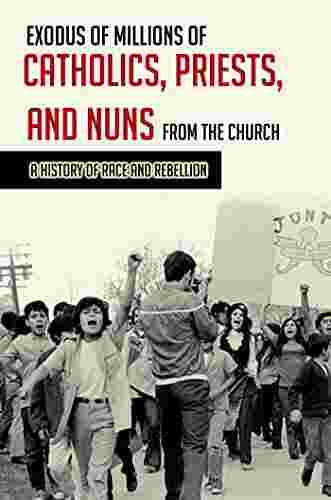
 Edison Mitchell
Edison MitchellThe Shocking Exodus: Why Millions of Catholic Priests and...
The Catholic Church has long been an...
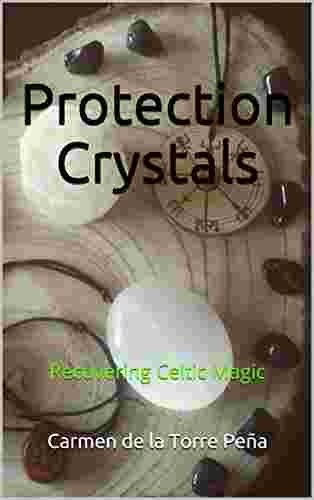
 Gary Reed
Gary ReedUnveiling the Power of Protection Crystals: Recovering...
In the realm of ancient Celtic wisdom, the...
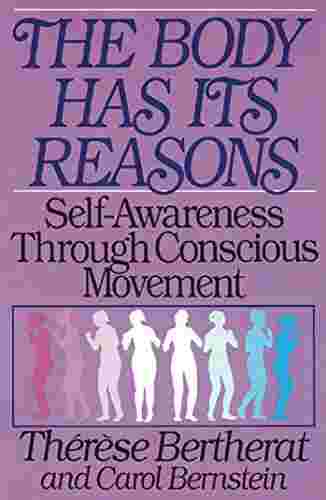
 Hugh Reed
Hugh ReedThe Body Has Its Reasons - Unlocking the Secrets of Our...
Have you ever wondered why your body...
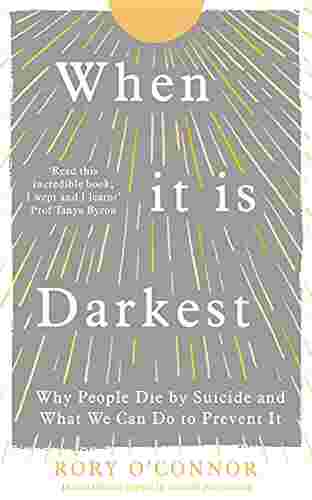
 Jesus Mitchell
Jesus MitchellThe Shocking Truth Behind Why So Many People Die By...
Every year, millions of lives are lost to...
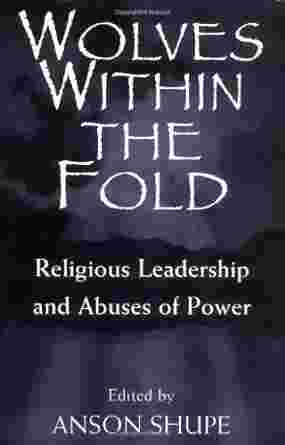
 Jeff Foster
Jeff FosterThe Dark Side of Religious Leadership: Unveiling the...
In every society, religious leaders hold a...
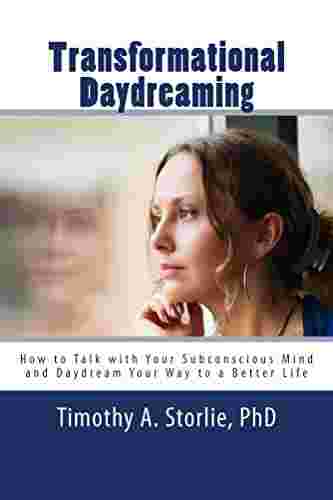
 Lawrence Bell
Lawrence BellHow To Talk With Your Subconscious Mind And Daydream Your...
Do you ever feel like your...
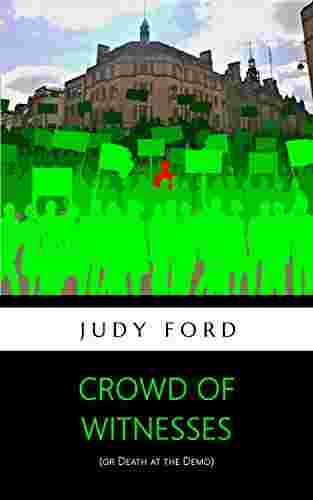
 Trevor Bell
Trevor BellUnraveling the Mystery: Death At The Demo Bernie...
Prepare to plunge into a thrilling world of...
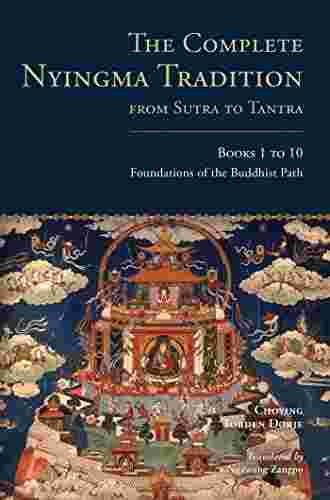
 Ken Simmons
Ken SimmonsThe Complete Nyingma Tradition: From Sutra to Tantra to...
In the realm of Tibetan Buddhism, the...

 Fred Foster
Fred Foster7 Natural Remedies to Effectively Treat Palmoplantar...
Are you tired of dealing with the...

 Bradley Dixon
Bradley DixonThe Fascinating Reality of Mediumship: Exploring Life in...
Have you ever wondered what lies beyond our...
Light bulbAdvertise smarter! Our strategic ad space ensures maximum exposure. Reserve your spot today!
 Thomas MannFollow ·10.6k
Thomas MannFollow ·10.6k Jack PowellFollow ·13.5k
Jack PowellFollow ·13.5k Ian MitchellFollow ·12.5k
Ian MitchellFollow ·12.5k Fred FosterFollow ·10.5k
Fred FosterFollow ·10.5k Langston HughesFollow ·16.5k
Langston HughesFollow ·16.5k Clark BellFollow ·2.1k
Clark BellFollow ·2.1k Gabriel Garcia MarquezFollow ·18.2k
Gabriel Garcia MarquezFollow ·18.2k Cason CoxFollow ·14.2k
Cason CoxFollow ·14.2k








































